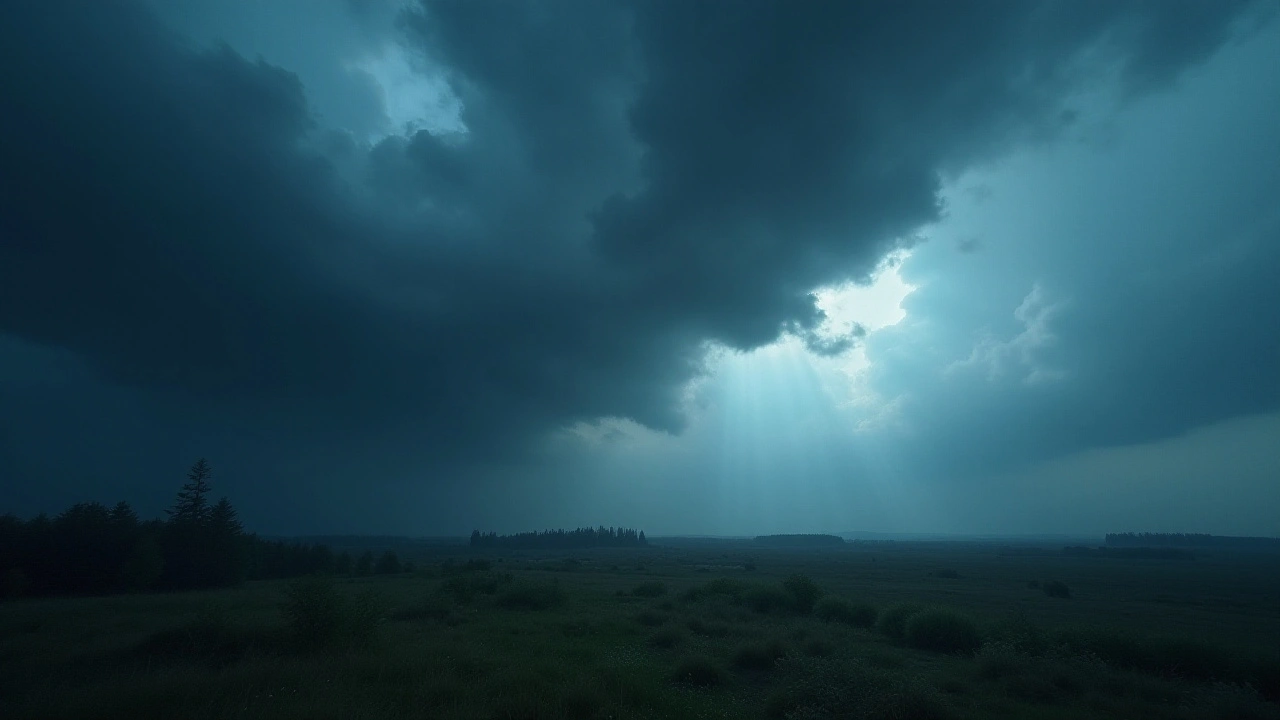Sea of Okhotsk: where it sits, what lives there, and why it matters
The Sea of Okhotsk hugs Russia’s Far East — bordered by the Kamchatka Peninsula, the Kuril Islands, Sakhalin and mainland Siberia. It’s a big, chilly stretch of water that feeds major fisheries, shapes local weather and matters for shipping and energy projects. If you care about northern oceans, this sea deserves a quick look.
The map matters because the sea is mostly enclosed. That gives it long ice seasons in winter and strong seasonal shifts. Ice forms from late autumn and can stick around through spring, changing where boats can go and when fishing crews set out. Summers are short but productive, with cold, nutrient-rich waters that feed lots of marine life.
Wildlife and fisheries
Think big numbers: pollock, salmon and crab make up much of the catch here. Commercial fleets target these species, which support local towns like Magadan and ports on Sakhalin and Kamchatka. The sea also hosts whales, seals and the occasional rare visitor like the western gray whale near Sakhalin, so it’s important for both commercial and conservation interests.
Fisheries are the sea’s main economy. When stocks are healthy, coastal communities rely on steady income. When overfishing or bad seasons hit, the effects are immediate — fewer jobs, higher prices and pressure on local diets. That’s why monitoring and quotas matter for long-term survival of both fish and people.
Shipping, ports and hazards
Major ports on the Sea of Okhotsk include Magadan and smaller harbours on Sakhalin and Kamchatka. Cargo, fishing and some energy-related ships use routes through the Kuril straits to reach the wider Pacific. Winter sea ice, fog and sudden storms create real hazards for navigation. Shipping planners watch satellite ice maps and rely on icebreakers in bad years.
There’s also growing interest in oil and gas near the sea. That brings jobs and investment but raises the risk of spills and more traffic. Cold-water spills are harder to clean up, so local communities and environmental groups keep a close eye on any new projects.
Climate change is changing the picture. Shorter ice seasons can open the sea for longer shipping windows, but they also shift fish patterns and disturb ecosystems. Warmer waters may push some species north and bring new competitors. For coastal towns, that means adapting to new weather, new seasons, and new economic realities.
For travelers, the Sea of Okhotsk is remote and rugged. Wildlife watchers come for whale spotting and bird colonies, while photographers head to wild coastlines and snowy landscapes. Access is limited, and trips often need local guides and boats that can handle rough conditions.
Want to follow news from this region? Keep an eye on updates about fisheries rules, port activity and environmental reports. Small changes in ice, a big fish harvest, or a new energy permit can change life for communities along the Sea of Okhotsk fast.
